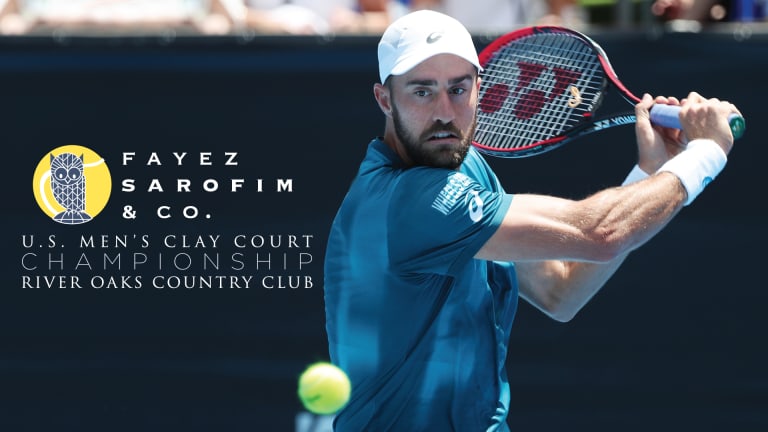It was too much for David Ferrer to believe. After five sets and 291 minutes, he had ended his dramatic, imperfect battle against Philipp Kohlschreiber with a line-clipping backhand pass winner. Or had he? Ferrer took a few uncertain steps forward as Kohlschreiber looked at the mark. When the German turned toward the net in resignation, Ferrer fell to the court in celebration. This weekend in Valencia had been a winner all around, and it was only fitting that it ended with one more from the hometown hero.
After five rubbers and two classic matches, Spain had beaten Germany 3-2 to advance to the Davis Cup semifinals. Over the tie’s three days, Valencia’s 159-year-old bullring had echoed with innumerable “Olé!”s; with the chants, songs, hand claps, and foot stamps of a capacity crowd of 12,000; with the sometimes-happy, sometimes-woozy horn blows of a marching band; with the constant exhortations of the world’s No. 1 player, Rafael Nadal, from the sidelines.
But along with all of that tension and pageantry had echoed a question: Would this be the last voyage of the Armada in Spain? Was it the final bullfight on home soil?
This was the first weekend of ties since the ITF announced its controversial proposal to revamp—or, as some would have it, decimate—Davis Cup. If that plan is approved (it will be voted on this summer), starting in 2019 the 118-year-old competition will be condensed into a single week, and held at a single, neutral location, at the end of the season. Matches will go from best-of-five sets to best-of-three, and ties will go from best-of-five rubbers to best-of-three. For the moment, even the name seems to have changed, from the Davis Cup to the “World Cup of Tennis.” Apparently, the way to improve tennis is to make it more like soccer.
Match point from Nadal's win over Zverev in the Davis Cup quarterfinals:
